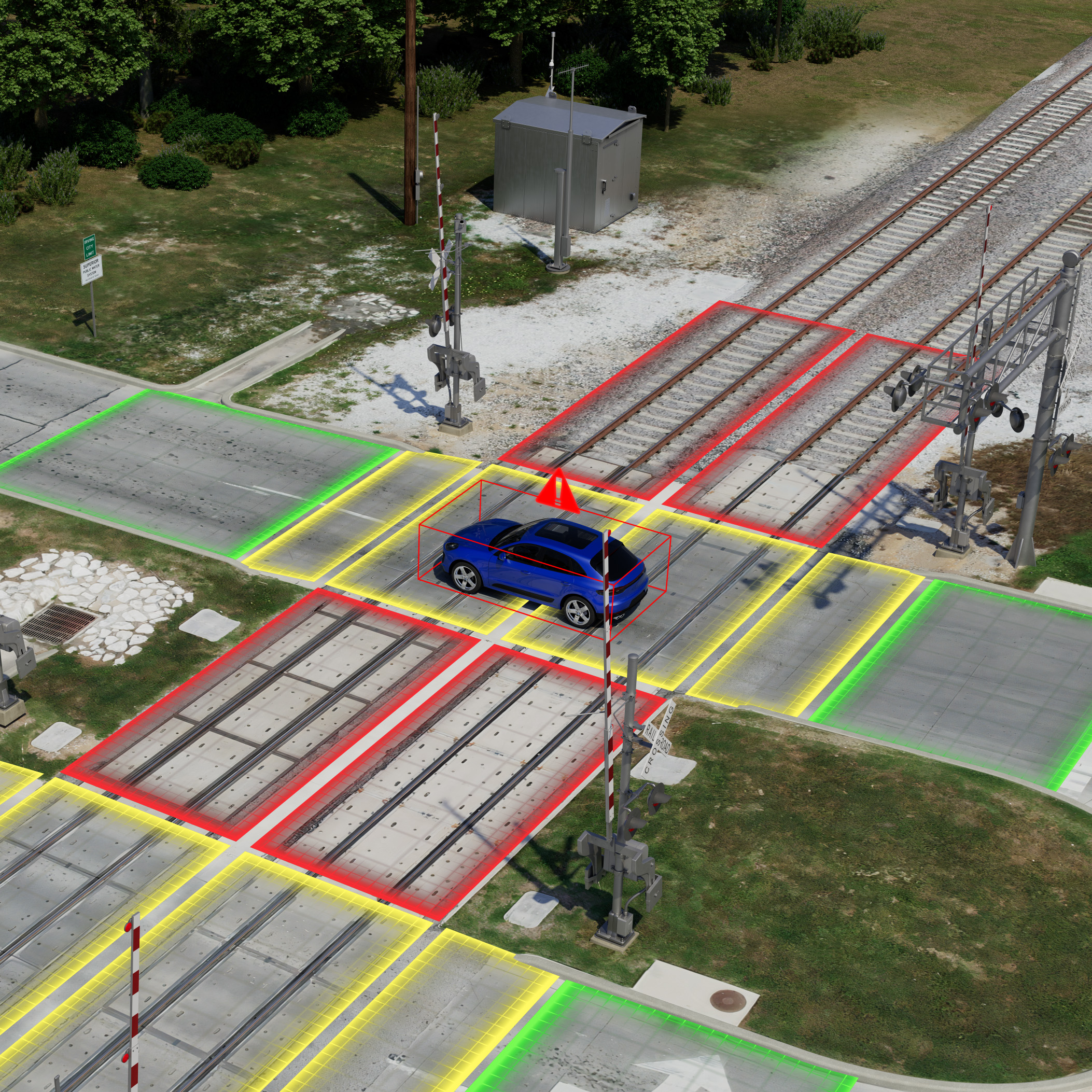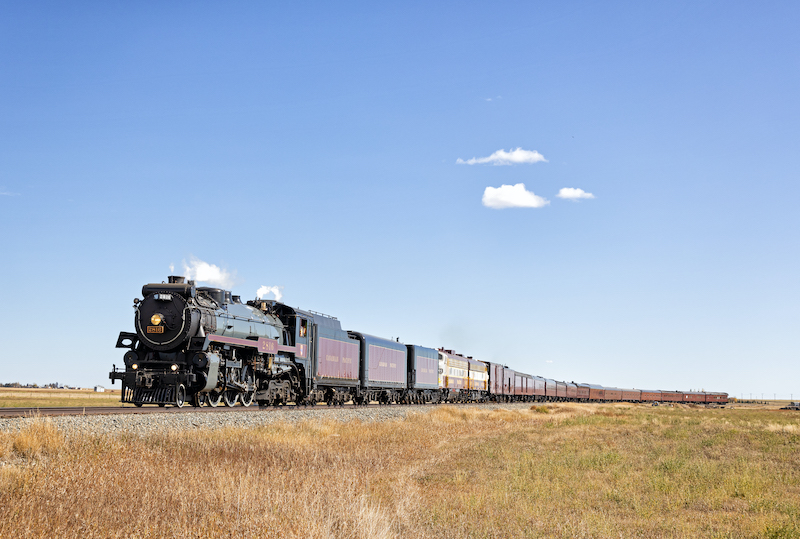I read this article, an opinion piece, in The Guardian newspaper the other day and found it interesting and relevant to discussions that have been ongoing about improving VIA services through HFR or HSR rail in Canada.
Titled: Spain’s high-speed trains aren’t just efficient, they have transformed people’s lives , the article begins with the following paragraphs:
“When I was a child, in the 1980s, it was almost inconceivable to take the train to travel between most cities in
Spain. The default was a car or a bus. And well into the 1990s a rail journey involved an old, decrepit and congested train. Now it’s almost inconceivable not to take the train if you want to get from Madrid to Barcelona, Seville or Valencia.
The country has managed to build itself the longest
high-speed rail networkin Europe and the second longest in the world, now spanning approximately
2,500 miles (4,000km) (and still expanding). By way of comparison,
France has built 1,740 miles (2,800km), and Britain – still coming to terms with its latest high-speed fiasco –
68 (110km).
It is worth reflecting on Spain’s experience and whether there are lessons for other countries. By any standard, the extent of the network in Spain is an achievement that can be traced directly to a combination of unusual political consensus and EU funding. But it is a transformation that has also changed people’s lives – trains are increasingly the fastest and cheapest way to travel around the country. More than 300 high-speed trains operate daily. They are
almost always on time. (If a
Renfe high-speed train is delayed by more than 15 minutes, you get a 50% refund of the cost of your ticket. If the delay exceeds 30 minutes, you get a full refund.)”
The balance of the article is here and it is worth reading.
https://www.theguardian.com/comment...efficient-they-have-transformed-peoples-lives









